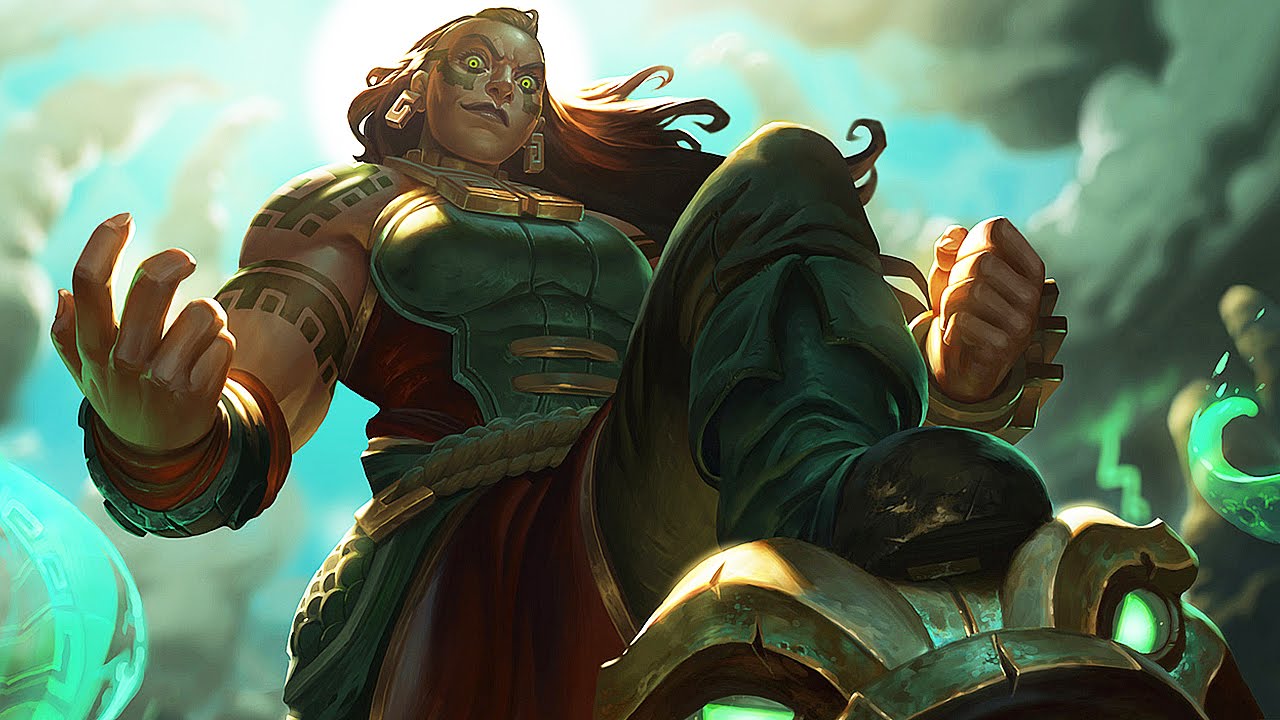Riot shares new details on secretive fighting game project
Riot Games' fighting game tentatively titled Project L will be a live service game, Like Valorant and League of Legends before it.

Riot Games has revealed more details about its upcoming 2D fighting game currently titled Project L. In a newly released developer diary, senior director Tom Cannon announced that the game will be a free-to-play title and shared more details on its development process.
Set in the same universe as Riot's popular MOBA League of Legends, Riot has been quietly developing Project L for years, and been working on the game with indie fighting game studio Radiant Entertainment. Riot acquired the studio in 2016, formally announced Project L in 2019, and re-introduced it last year following the success of the Netflix series Arcane.
Fighting games have traditionally been premium single-purchase products, though recent entries like Brawlhalla and Multiversus have gone the free-to-play route. Cannon emphasized that the lack of a price tag on free-to-play games allows players to jump in without worrying about losing money on a title that might not like. "One of our goals is to remove as many barriers as possible from you enjoying Project L," he said. "We operate with one approach: if we wouldn't like it, we won't do it. When it comes to monetization, we promise to be successful of both your time and wallet."
Riot revealed Project L in 2019 as a tag-team fighter set in the League universe, and though Cannon didn't give a release window to give, he did say that development on the game was progressing well.
Riot opens up on its fighting game philosophy
Beyond the news of free-to-play, Riot also announced a new addition to the game's roster in the form of Illaoi, the Kraken Priestess. Illaoi was added to League in 2015, and for the first time, Riot's developer blog goes into the process of transitioning one of its existing characters into a fighting game.
Illaoi uses spirit tentacles and a large golden idol to fight, and to get her physical movements down, the art team drew her in various action poses for the animators to use as reference. From there, the animators used an early version of her to test her size and proportions in the context of a fighting game.
Designer Caroline Montano detailed how she and the rest of the design team settled on the character's goals and "guardrails" to determine Illaoi's direction from a gameplay perspective. In League proper, the tentacles of her sea god, Nagakaouros, would empower her attacks and allow her to steal an enemy's soul. Rather than have Illaoi rely primarily on her deity, the decision was made to turn him into more of a support role.
"The tentacles from her god are there to assist, not replace," said Montano. "Nagakabouros is not the star of the show." His tentacles are meant to feel like "gifts," and she cannot spam them without having earned the ability first. "She shouldn't feel like she's ordering around her god."
As explained by associate director Shaun Rivera, Illaoi was chosen for the game because she fit Riot's goals for the game to have a diverse, inclusive roster. There are plenty of League characters who are beefy bruisers, but the character's story in the 2021 action-RPG Ruined King: A League of Legends Story, and the team's suggestions for how to bring her into Project L, led to her inclusion.
Similar to how characters like Vi and Cait were retooled in the context of Arcane, or like Illaoi and Yasuo were changed in Ruined King, Riot wants Project L's roster to draw in newcomers and excite League players that the characters they loved are being realized in a new way. Keeping the cast similar to their League incarnations was crucial, but they also have to feel weighty in the more direct context of a fighting game. "We want to elevate their fantasy," said Rivera. "We still want players who know and love these characters to see what they expect, and to give them a little more."
About the Author(s)
You May Also Like







.jpeg?width=700&auto=webp&quality=80&disable=upscale)








